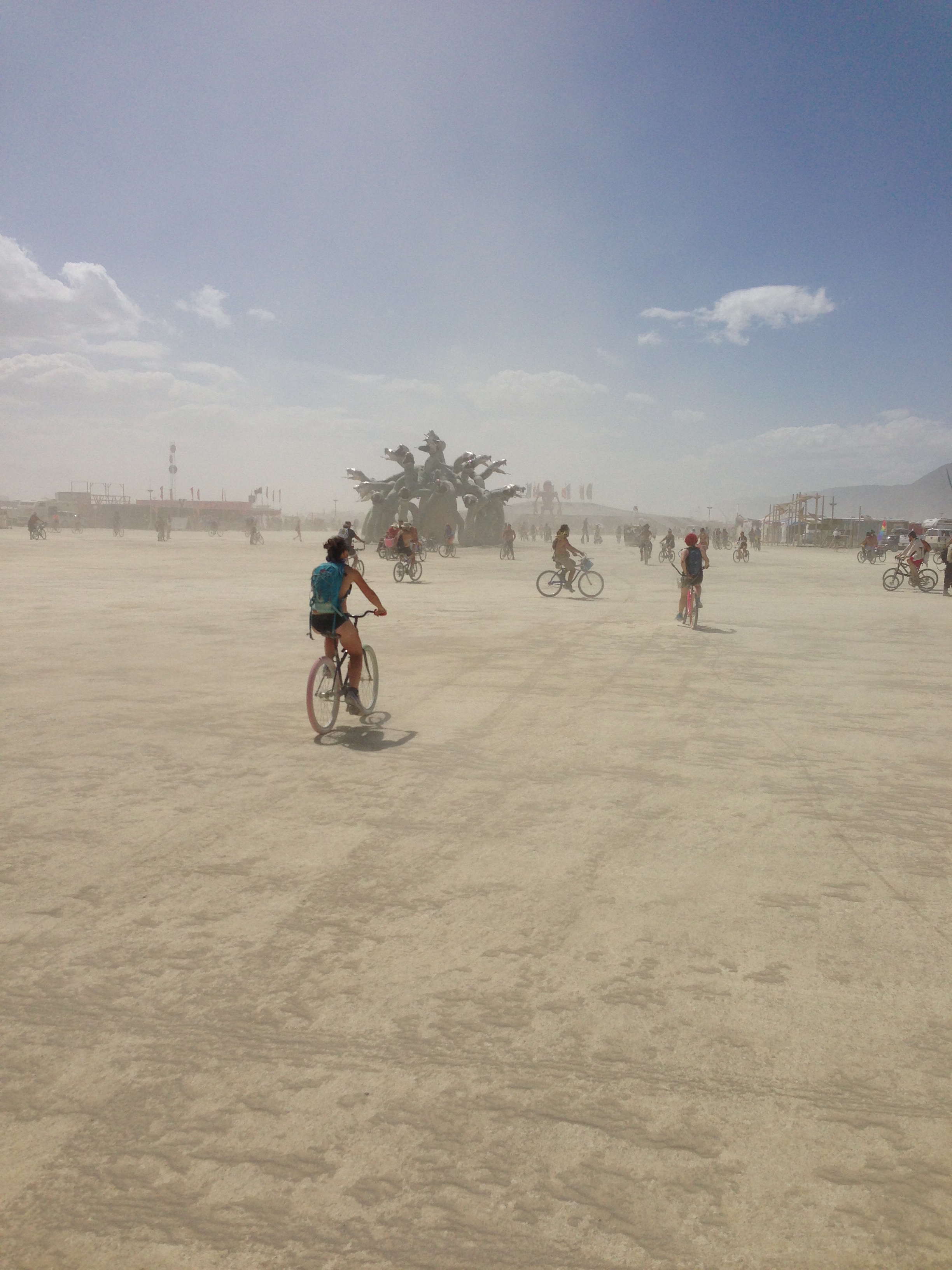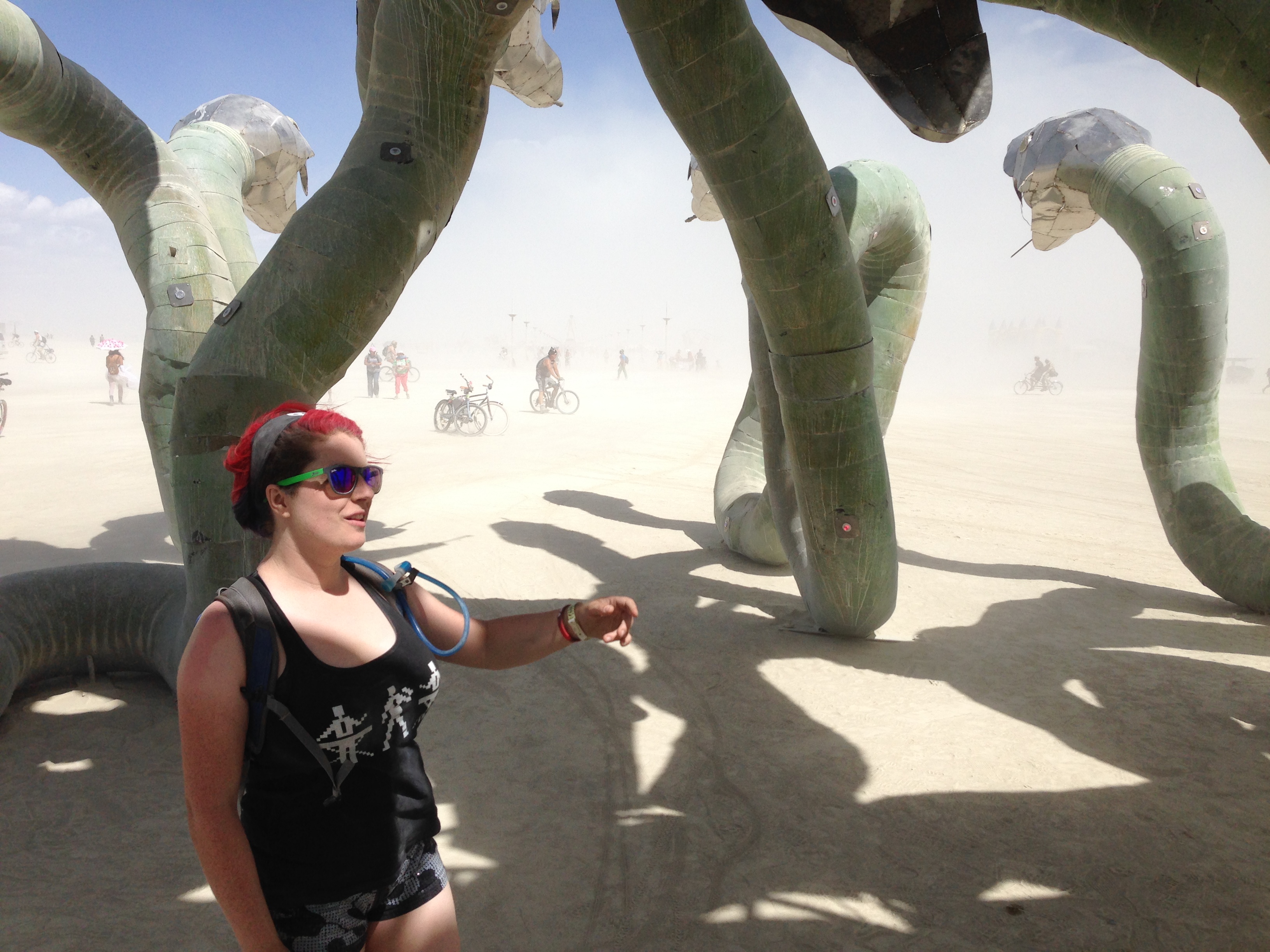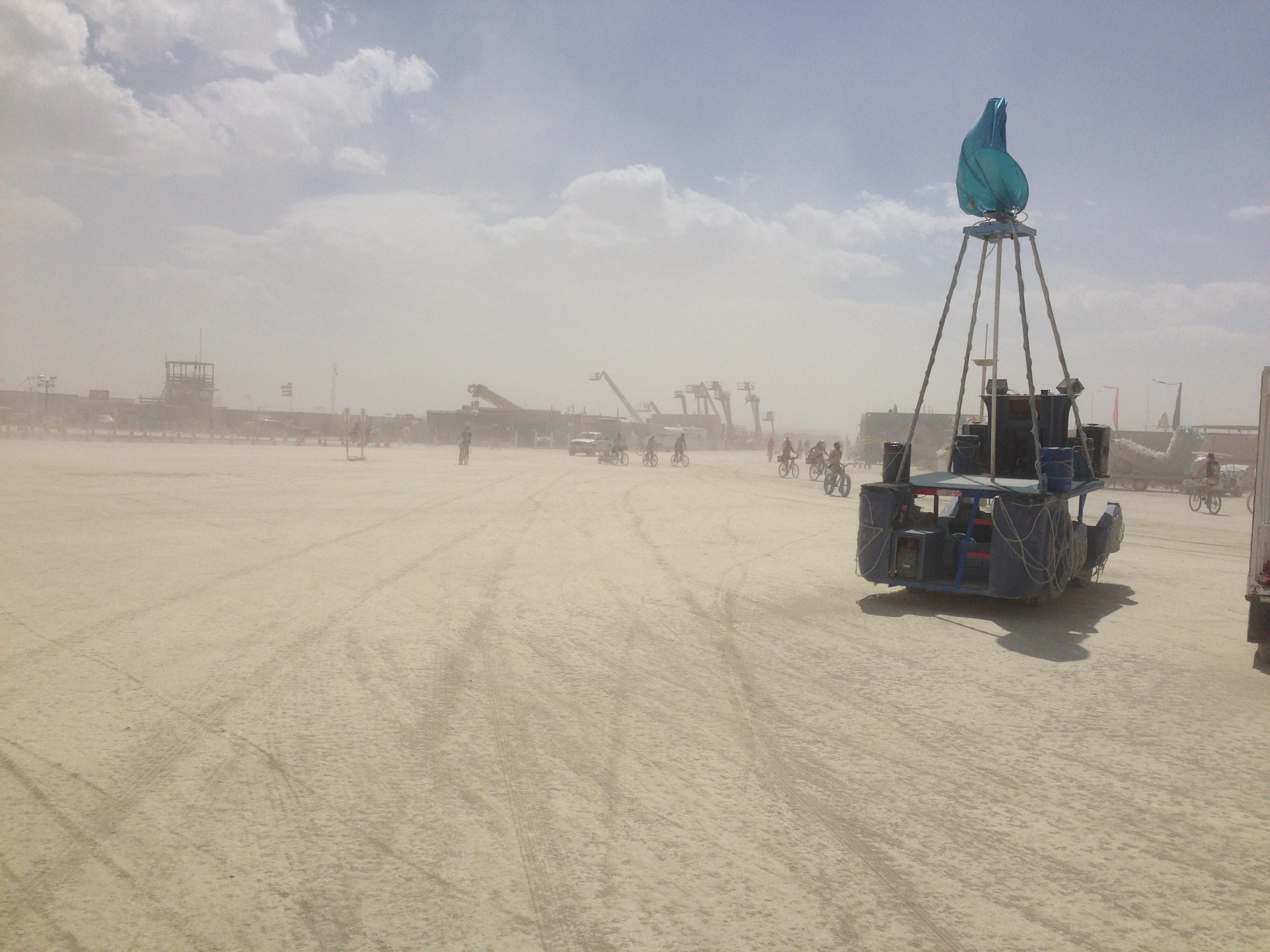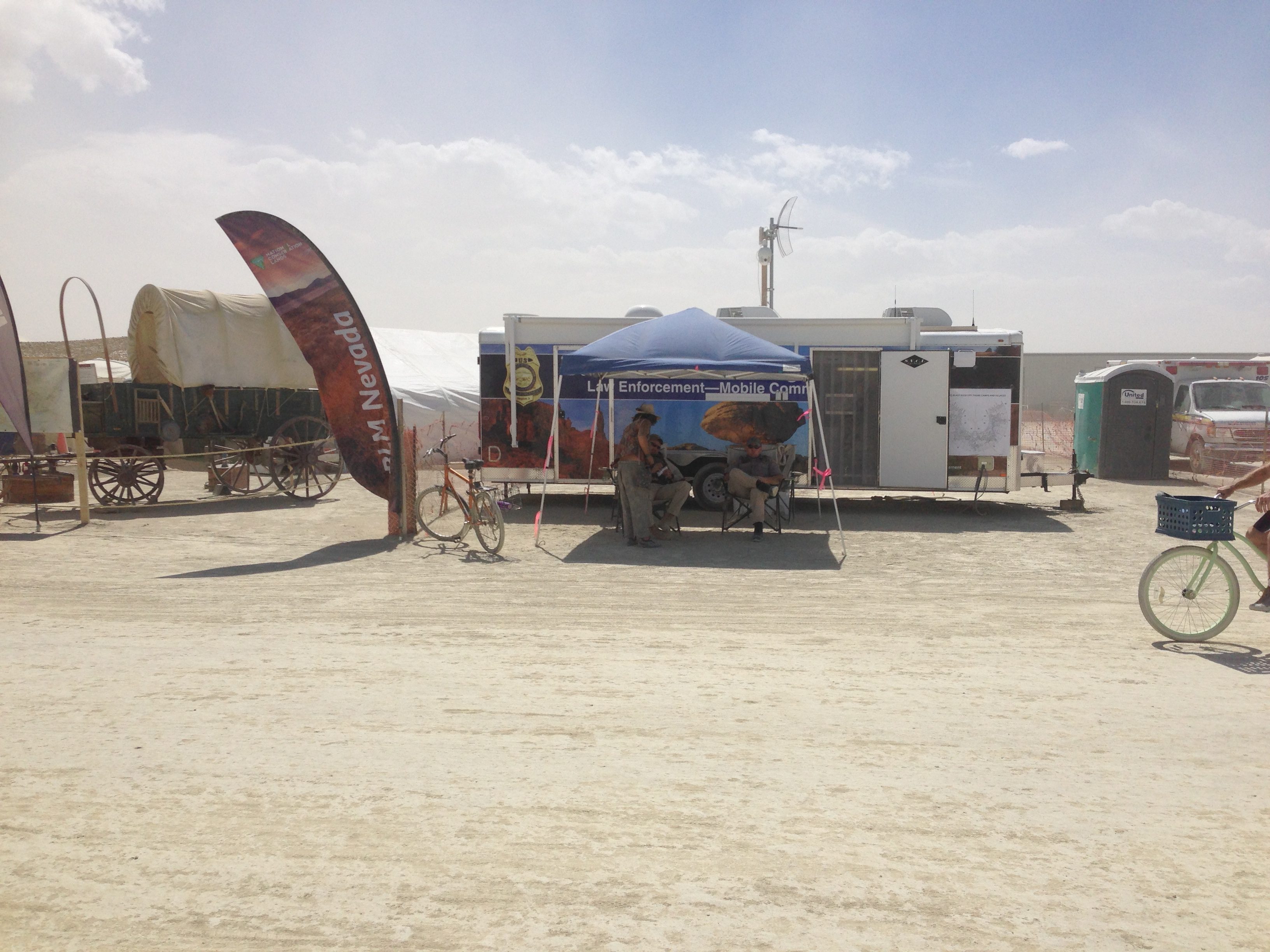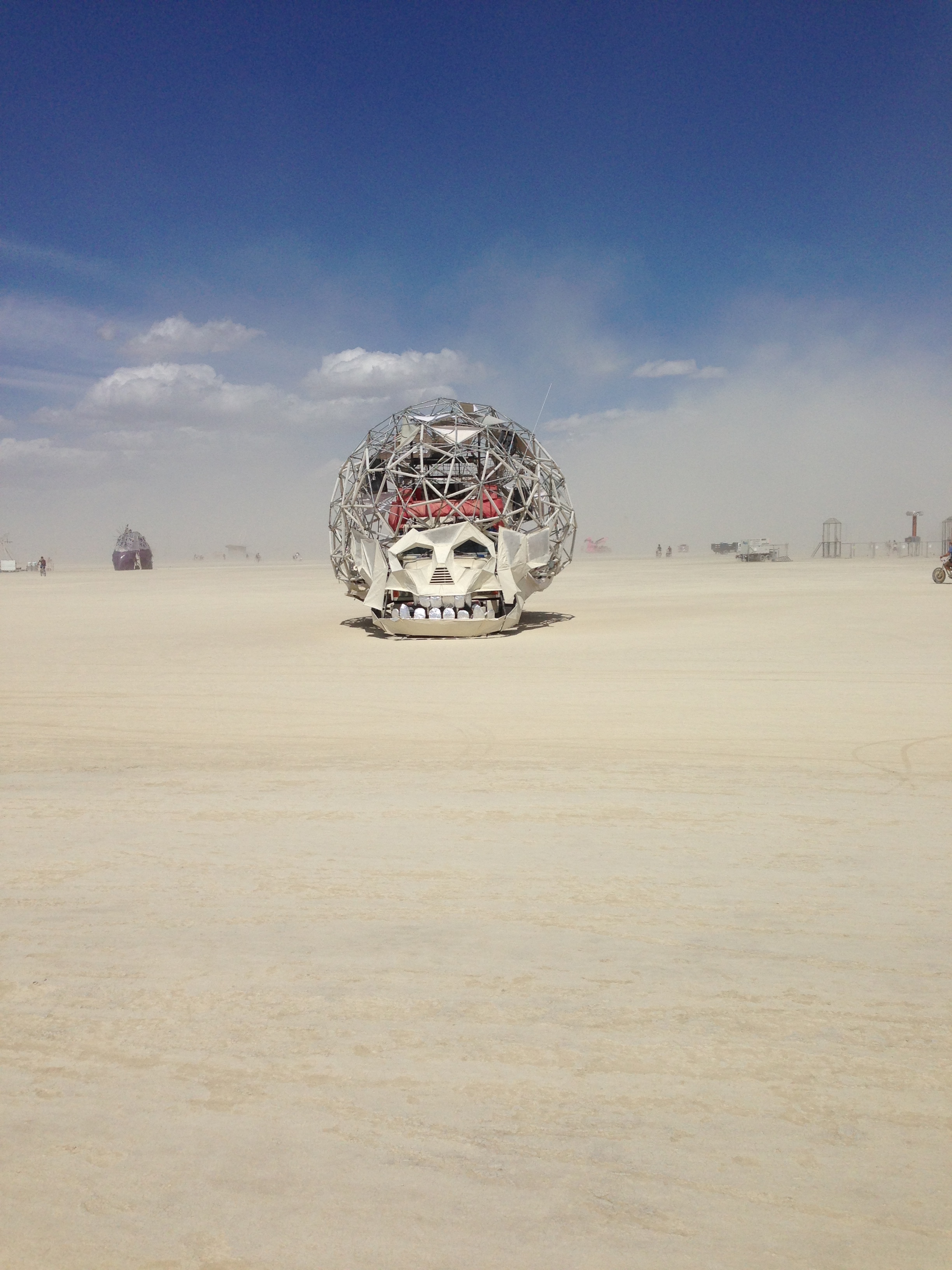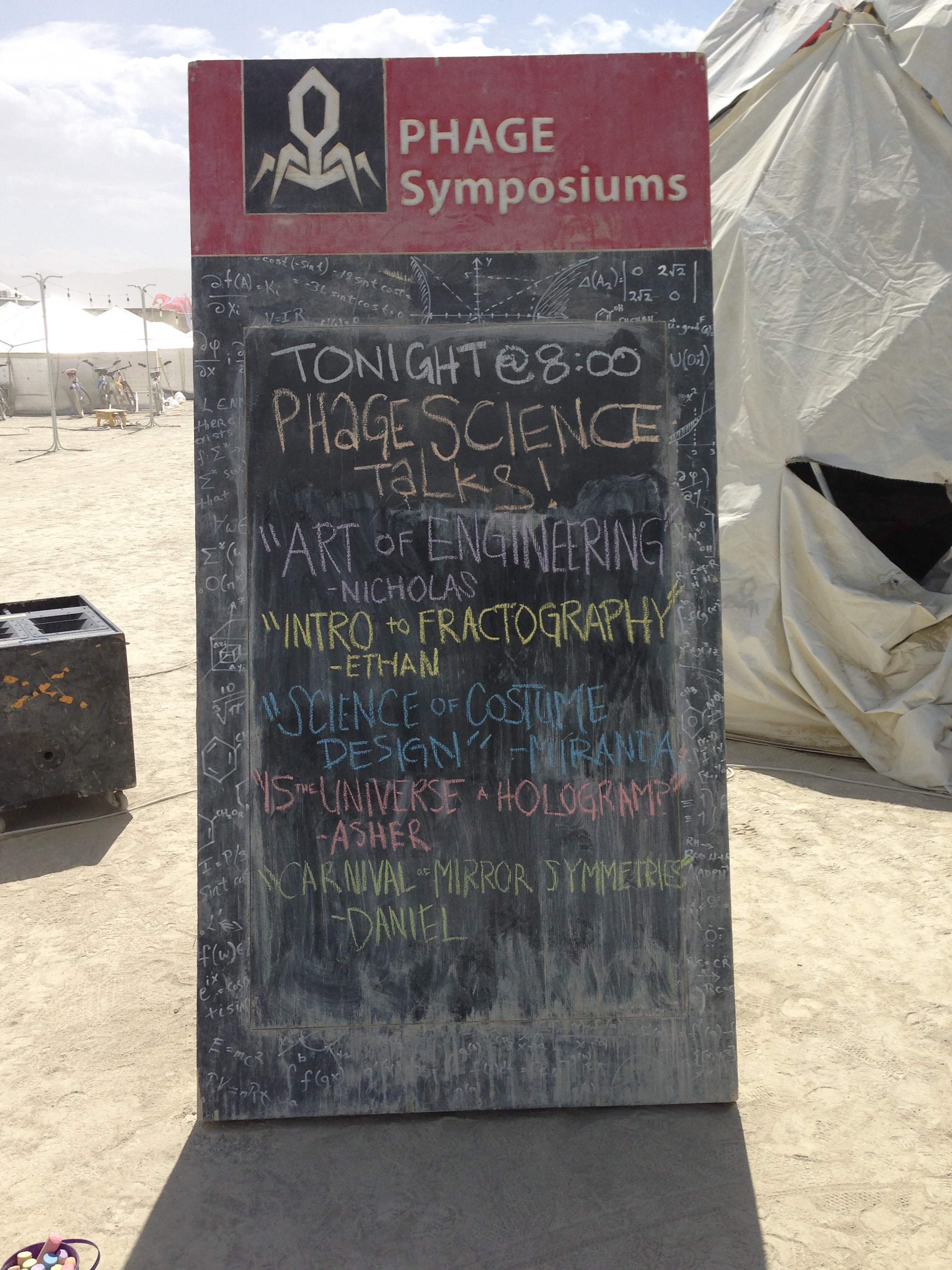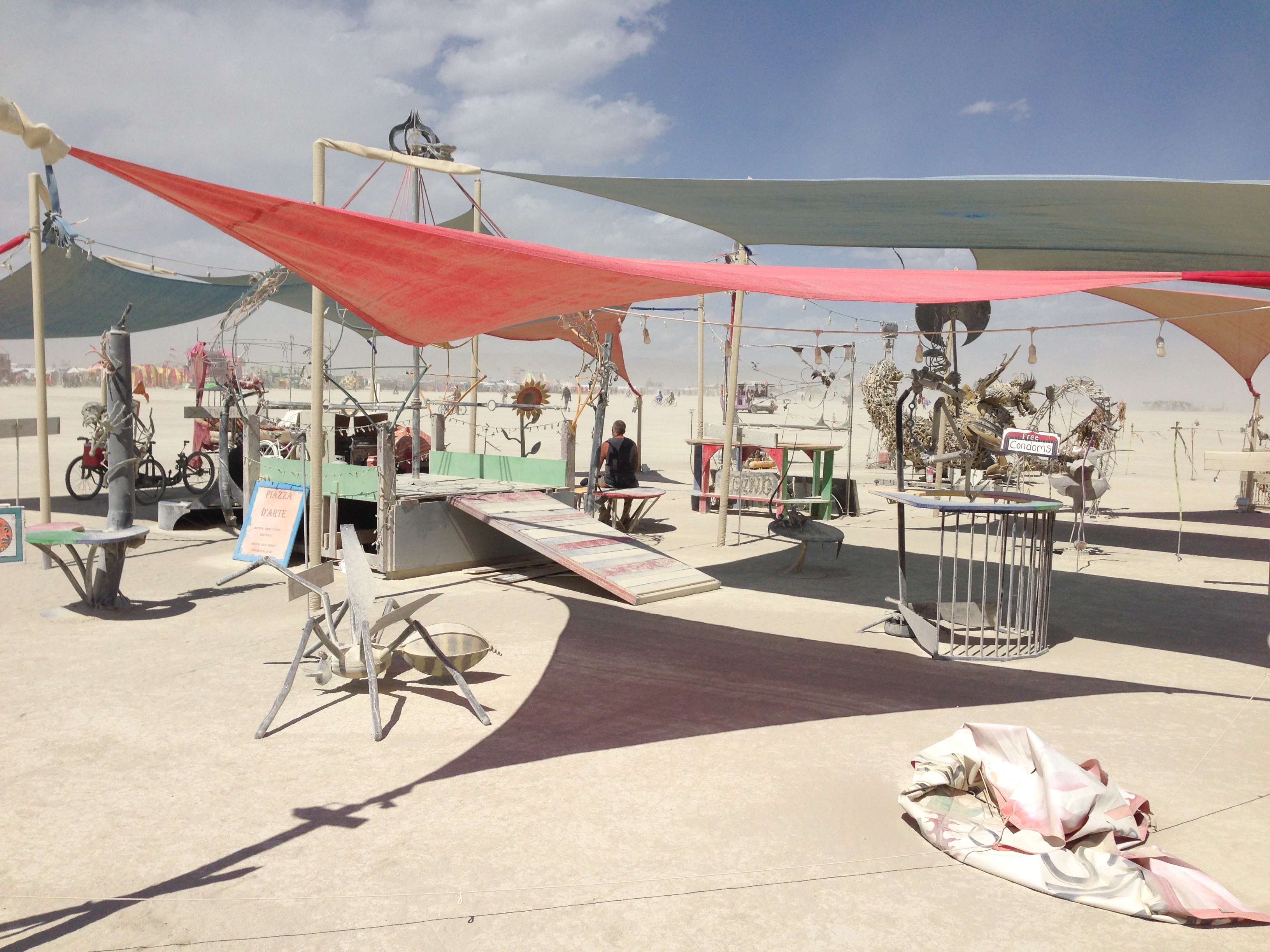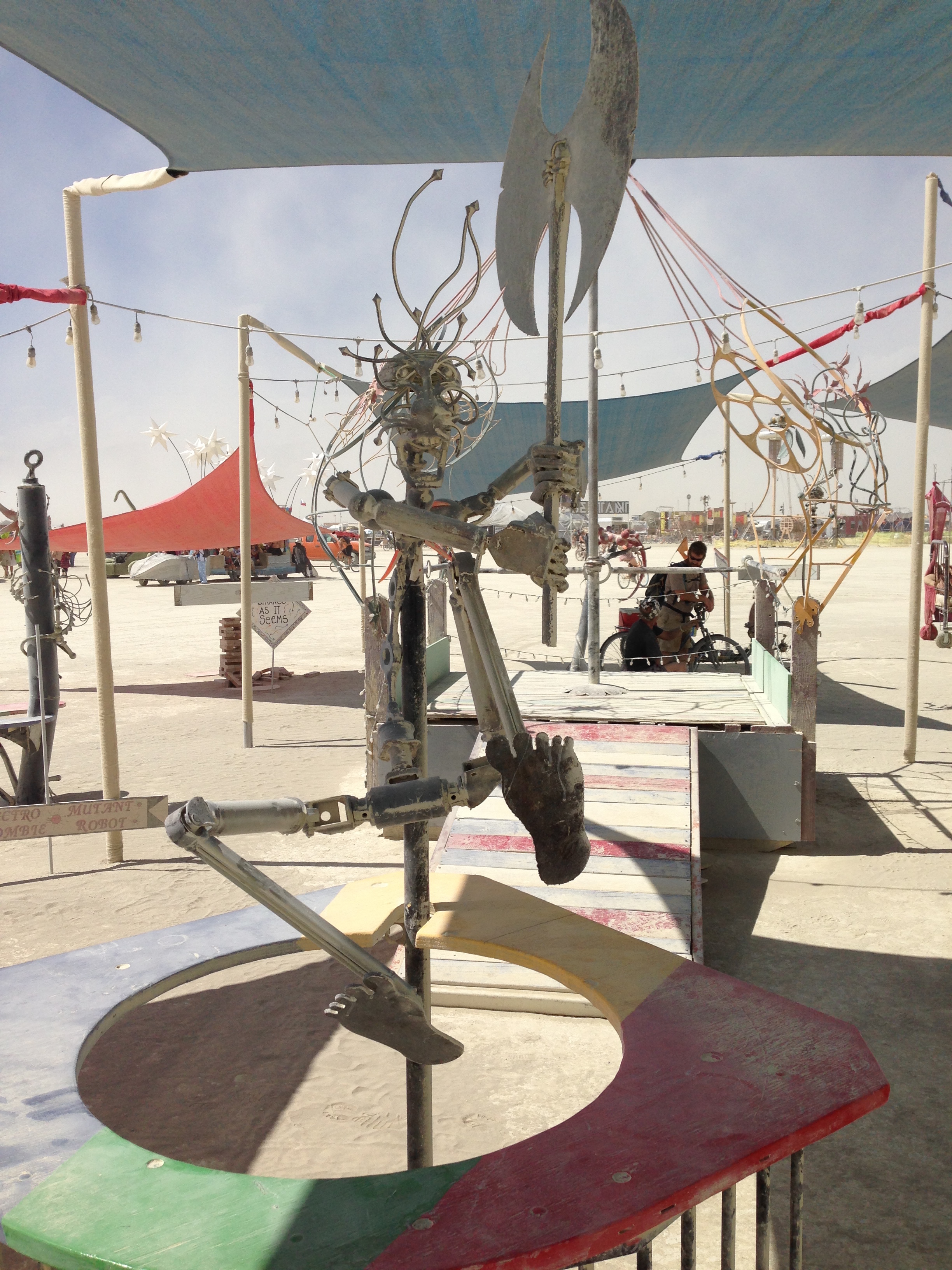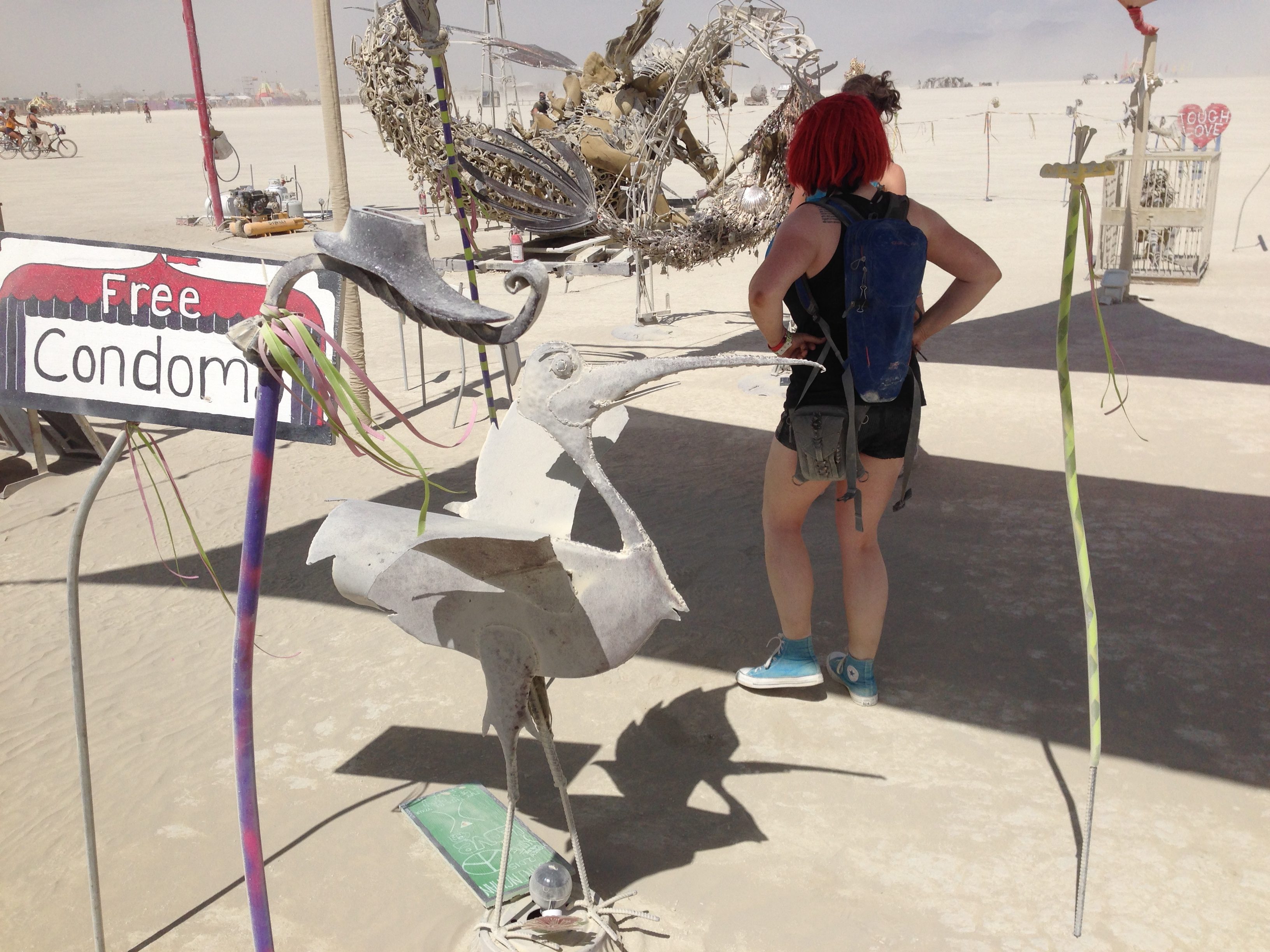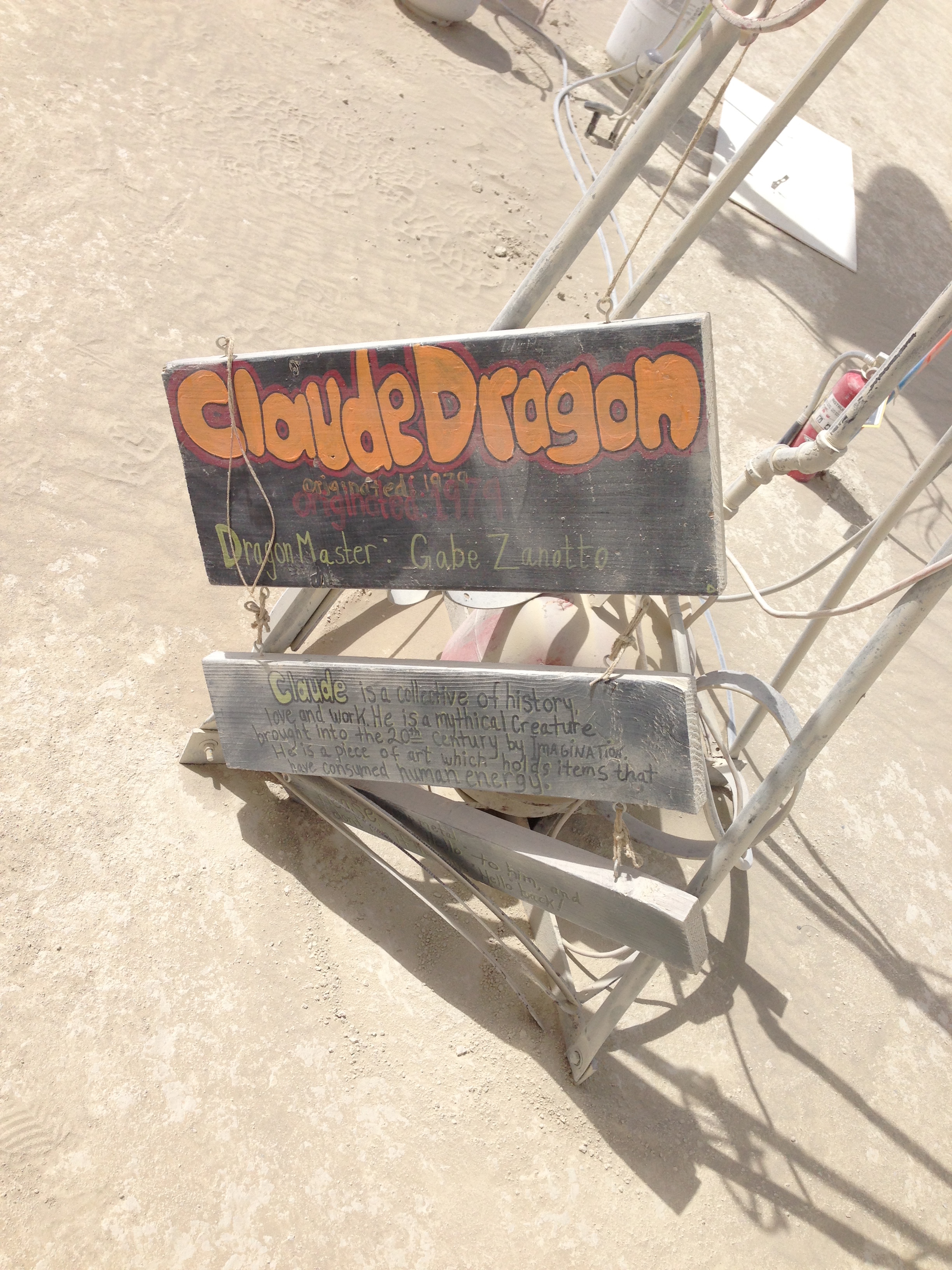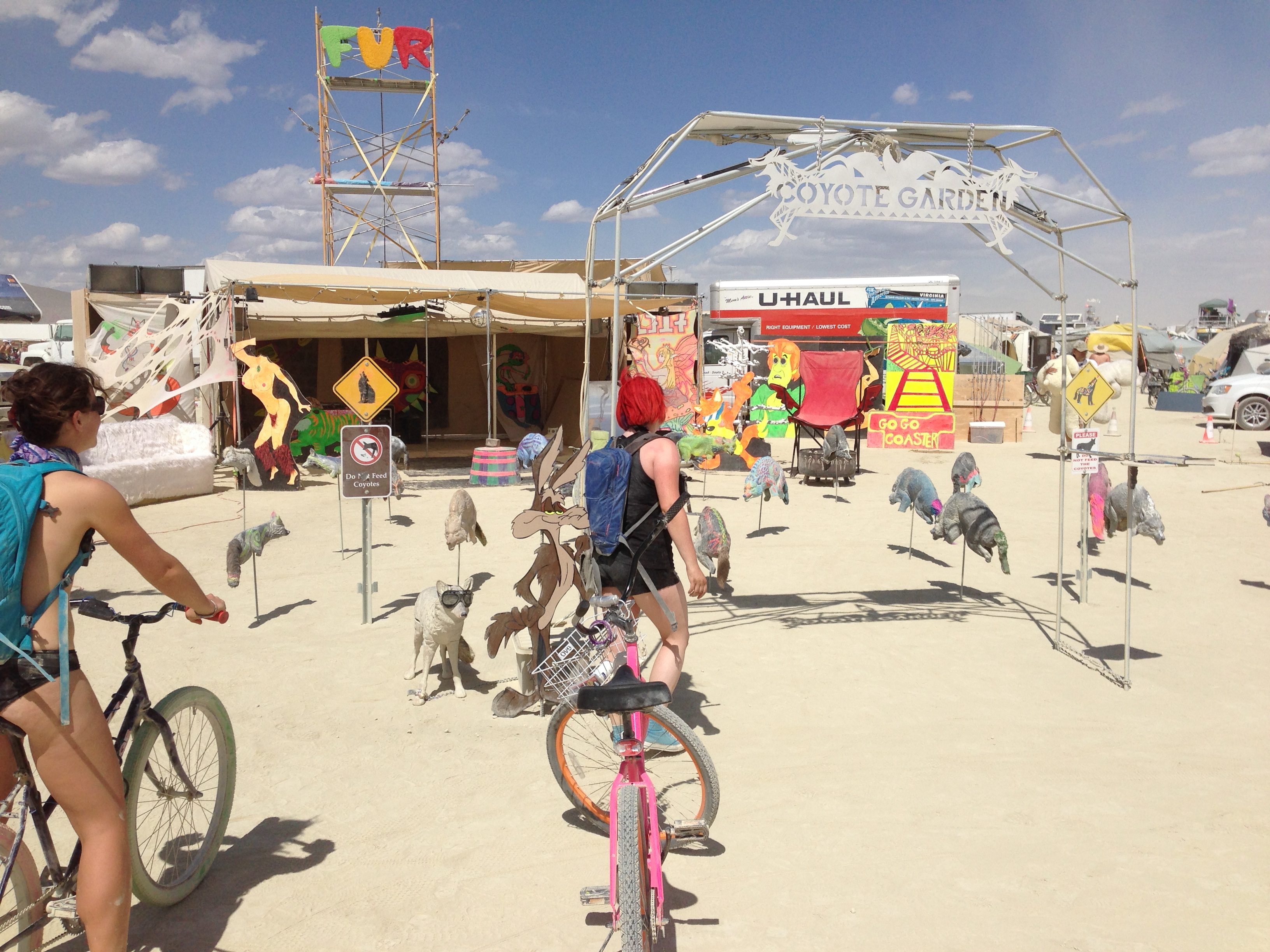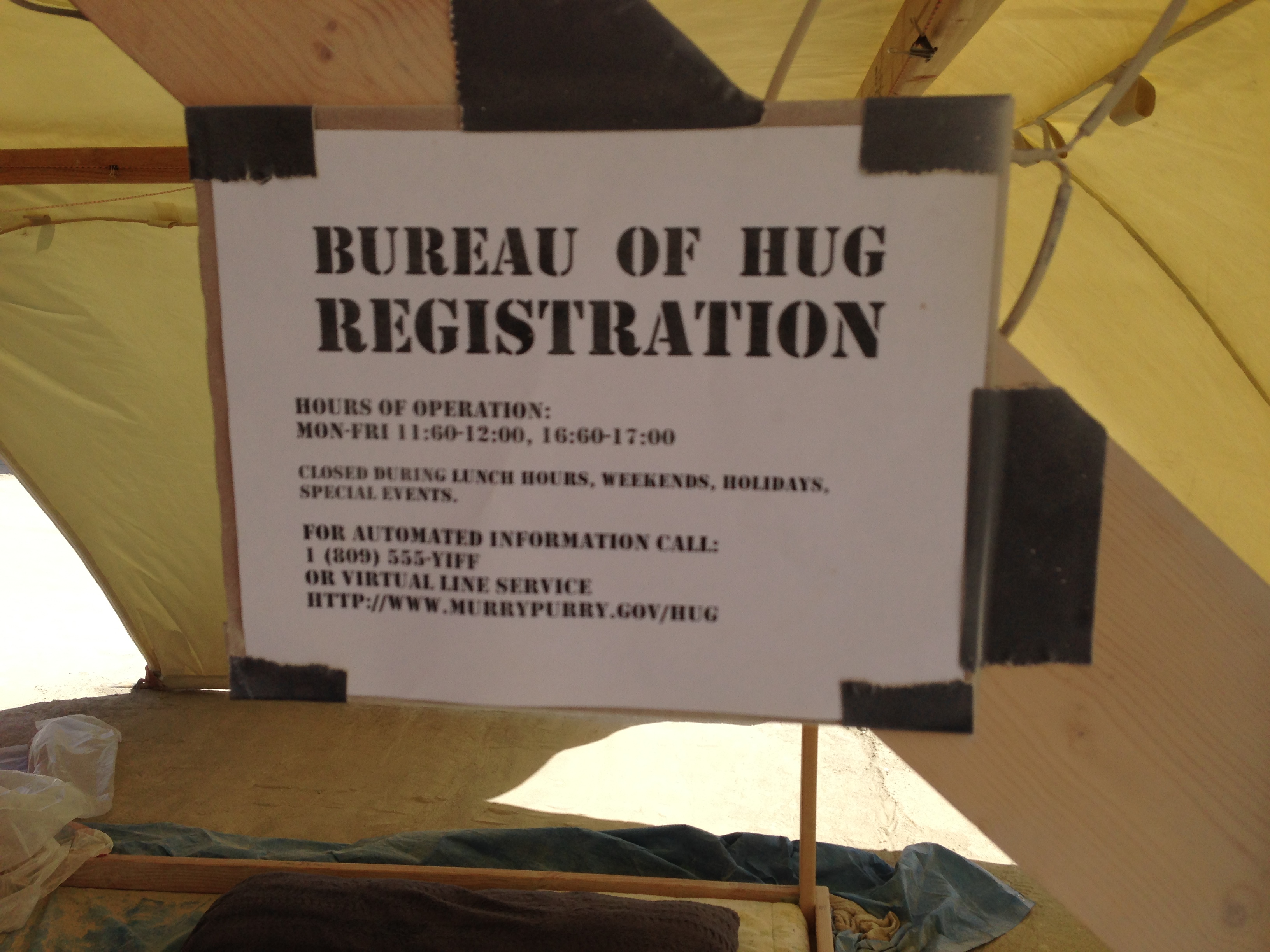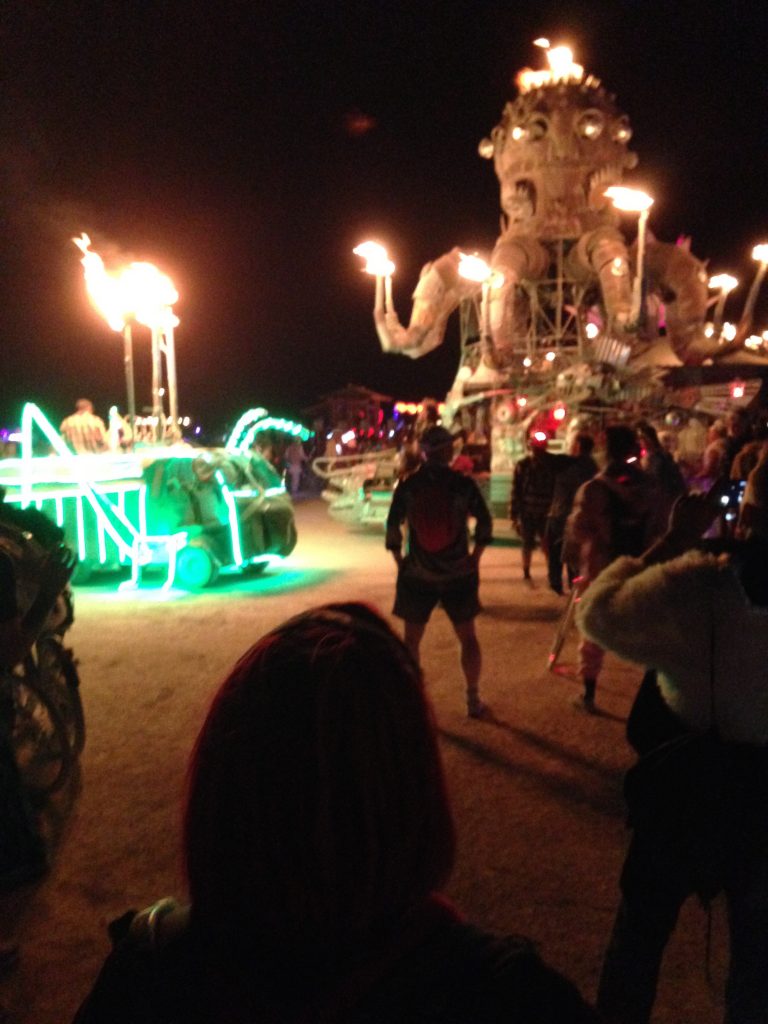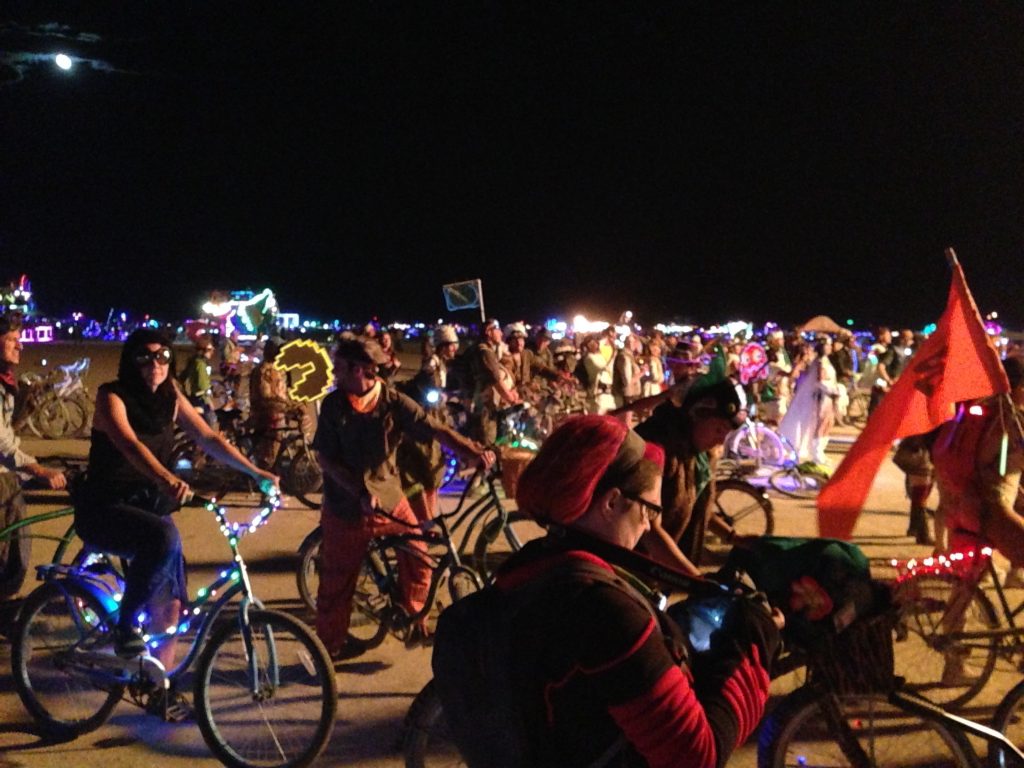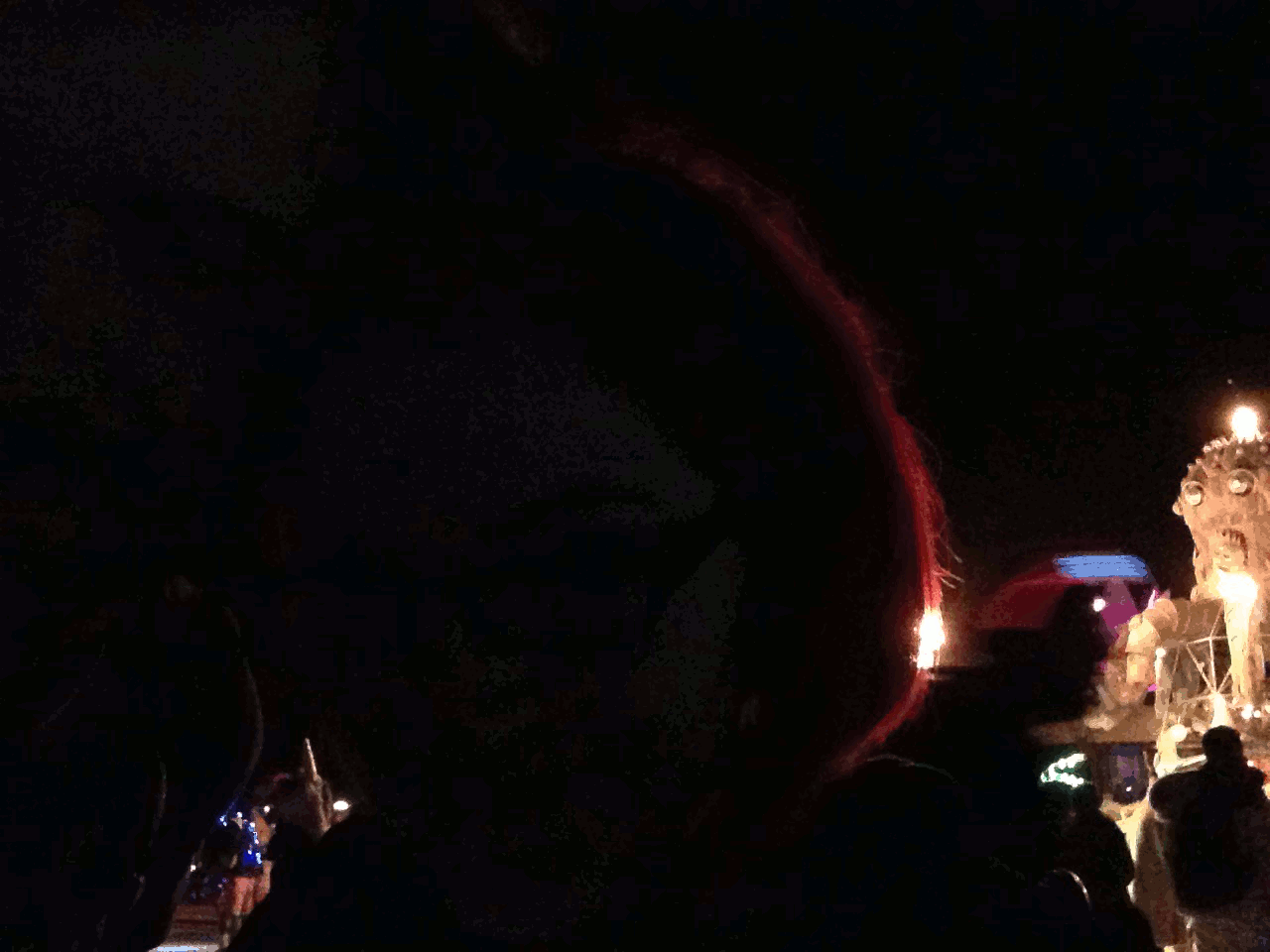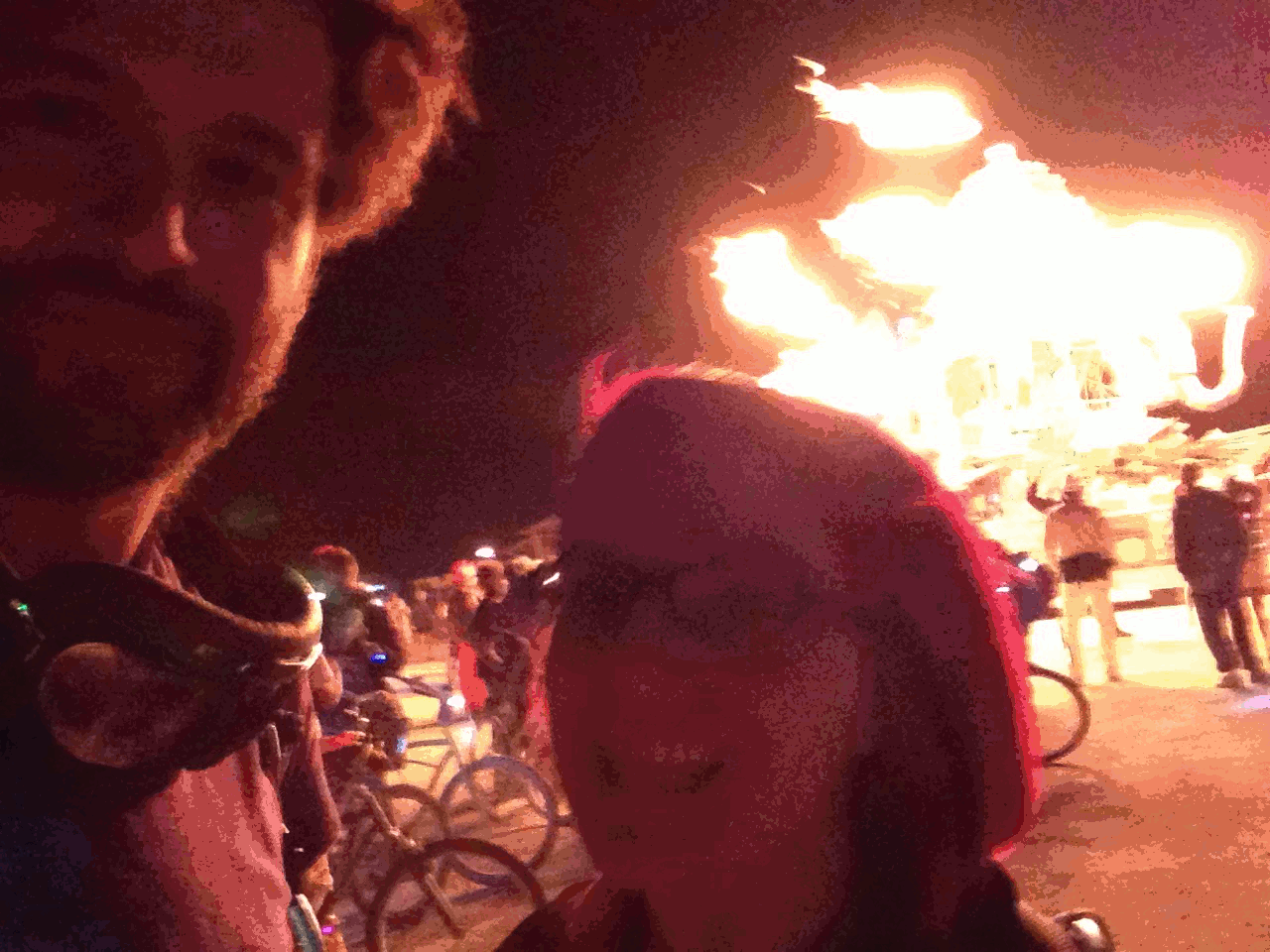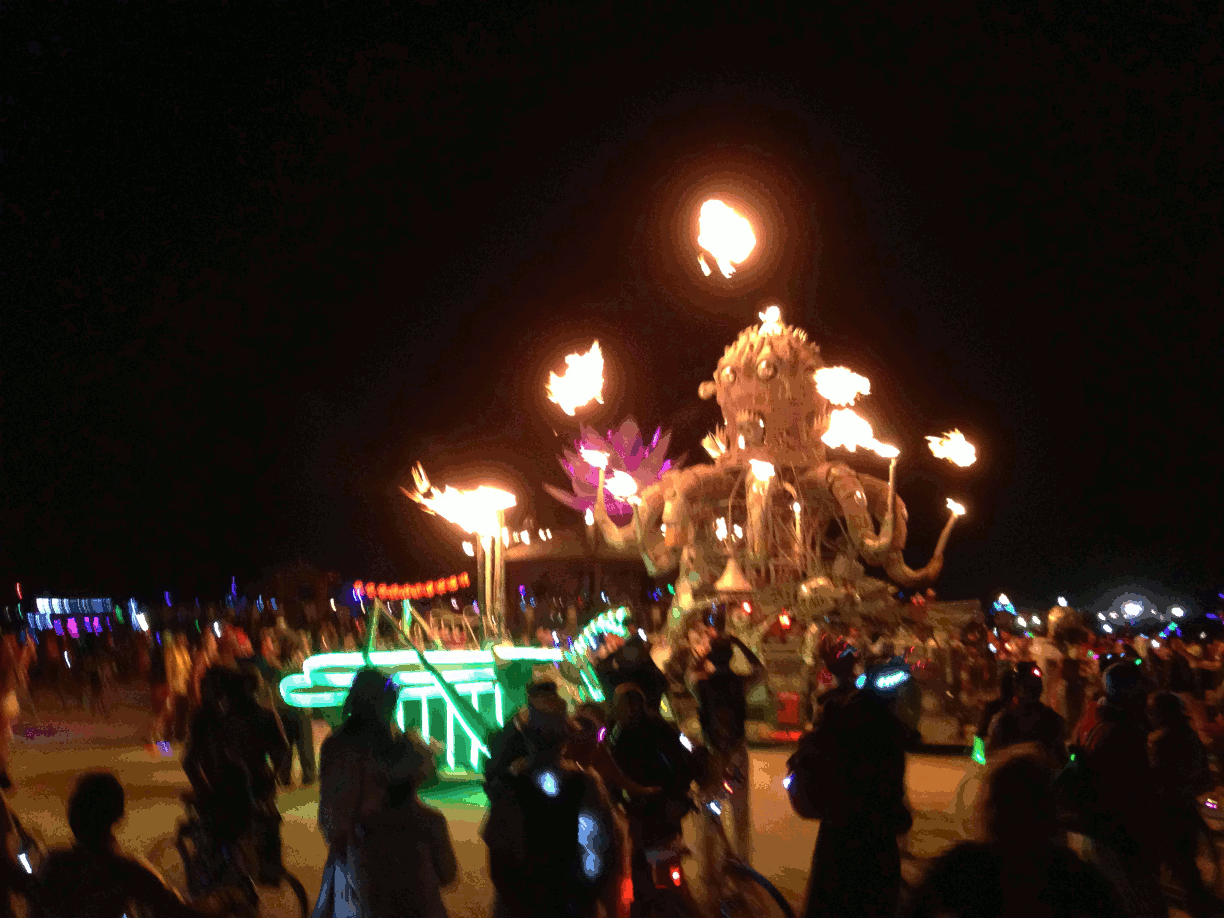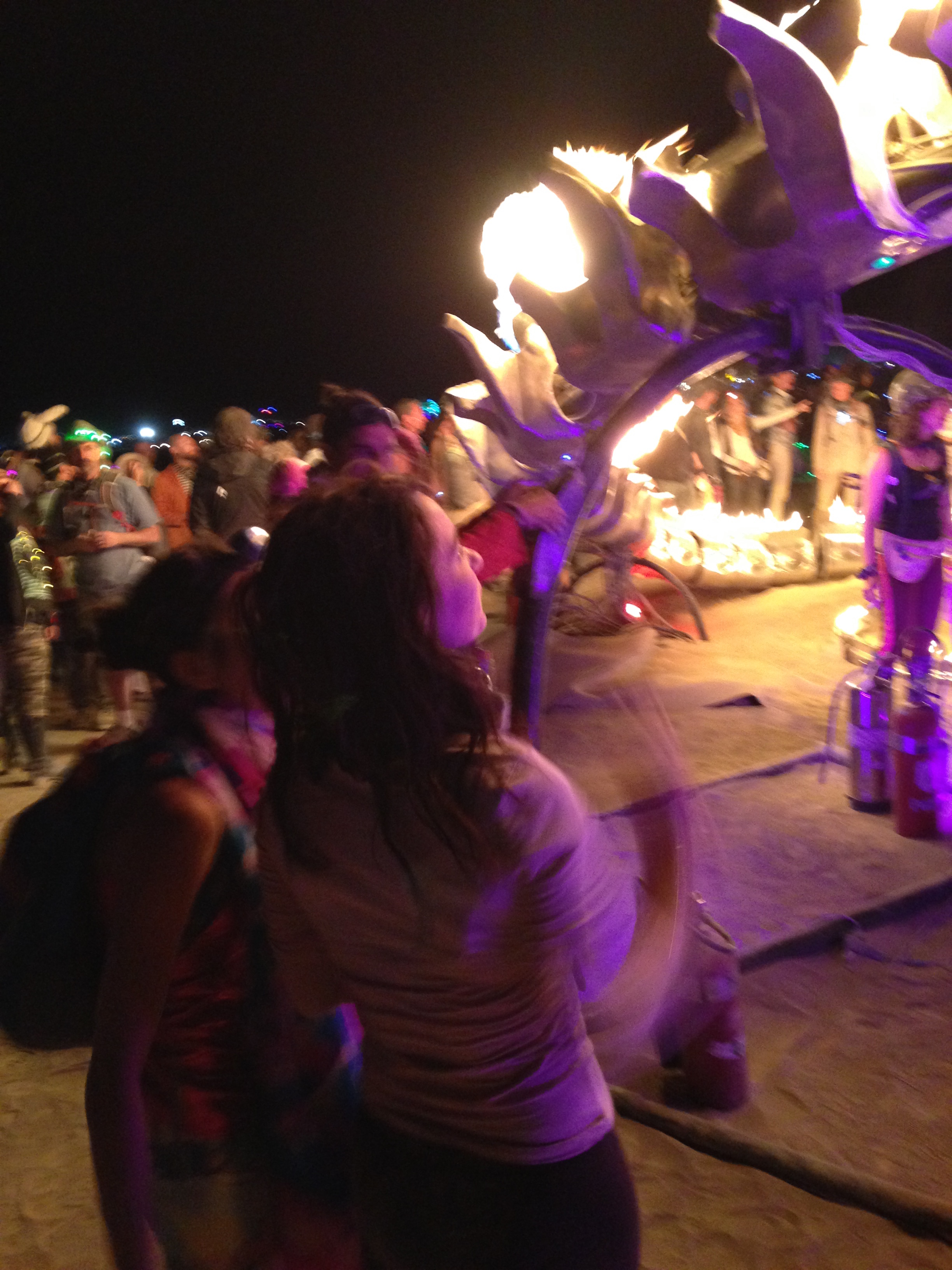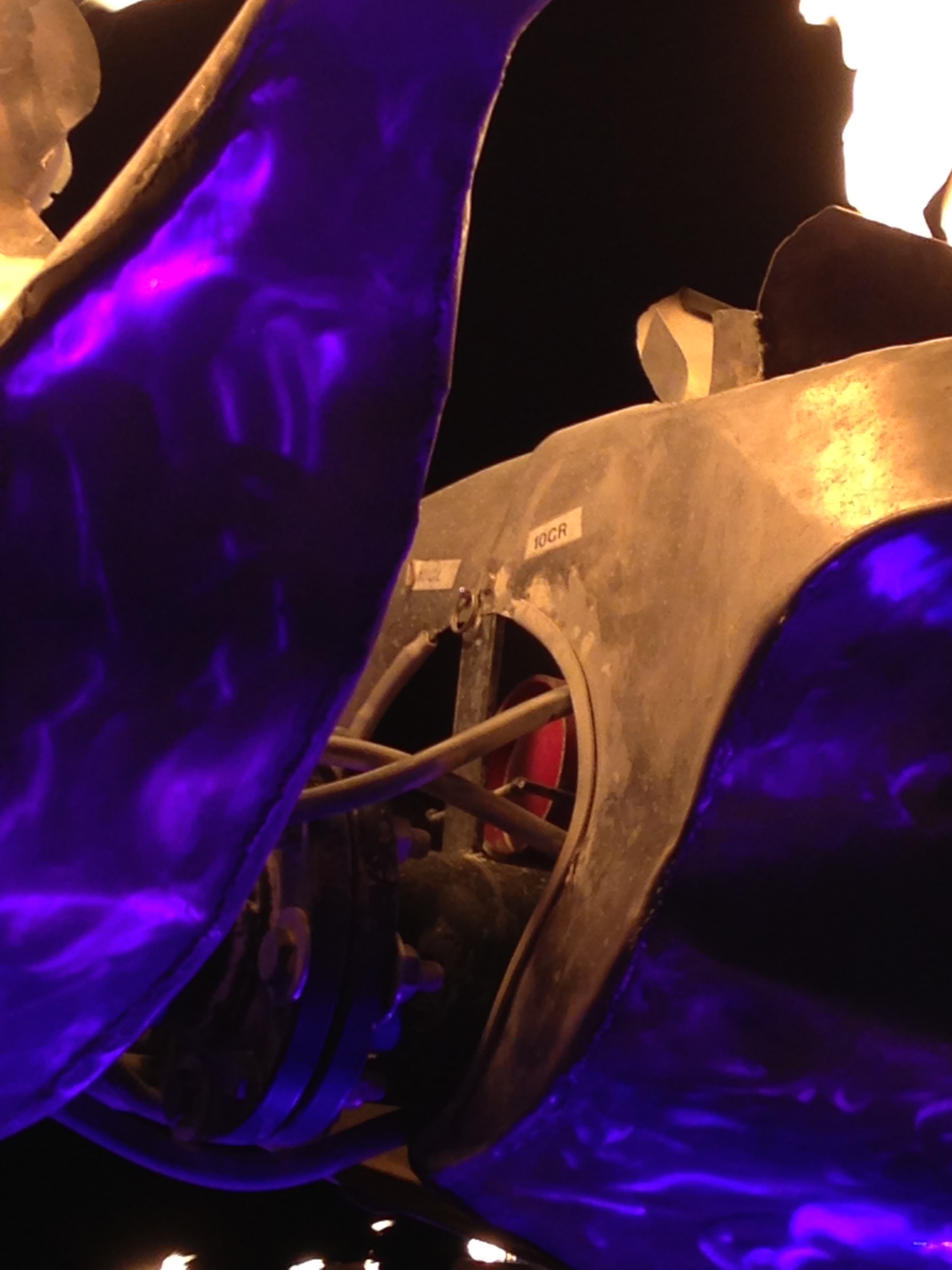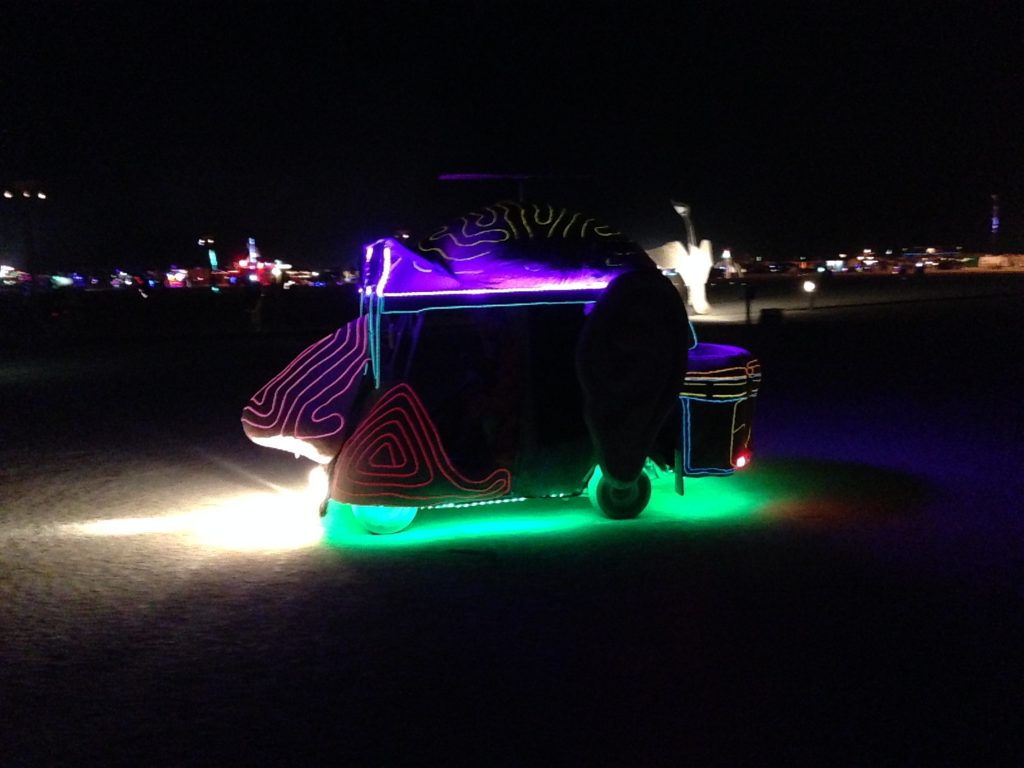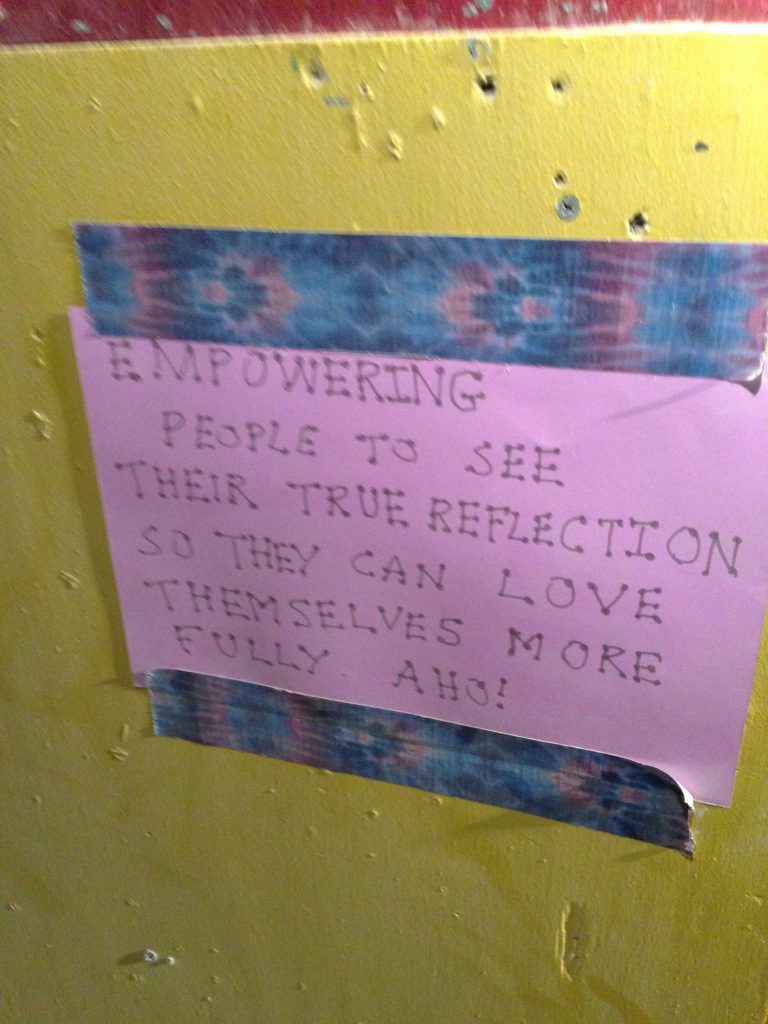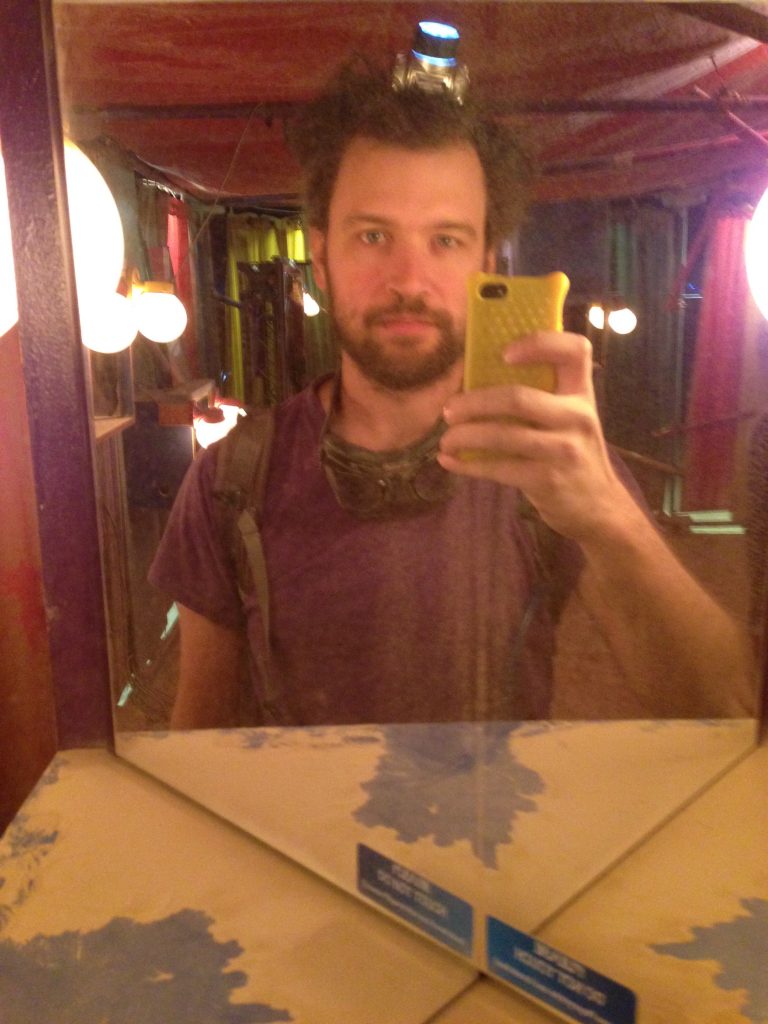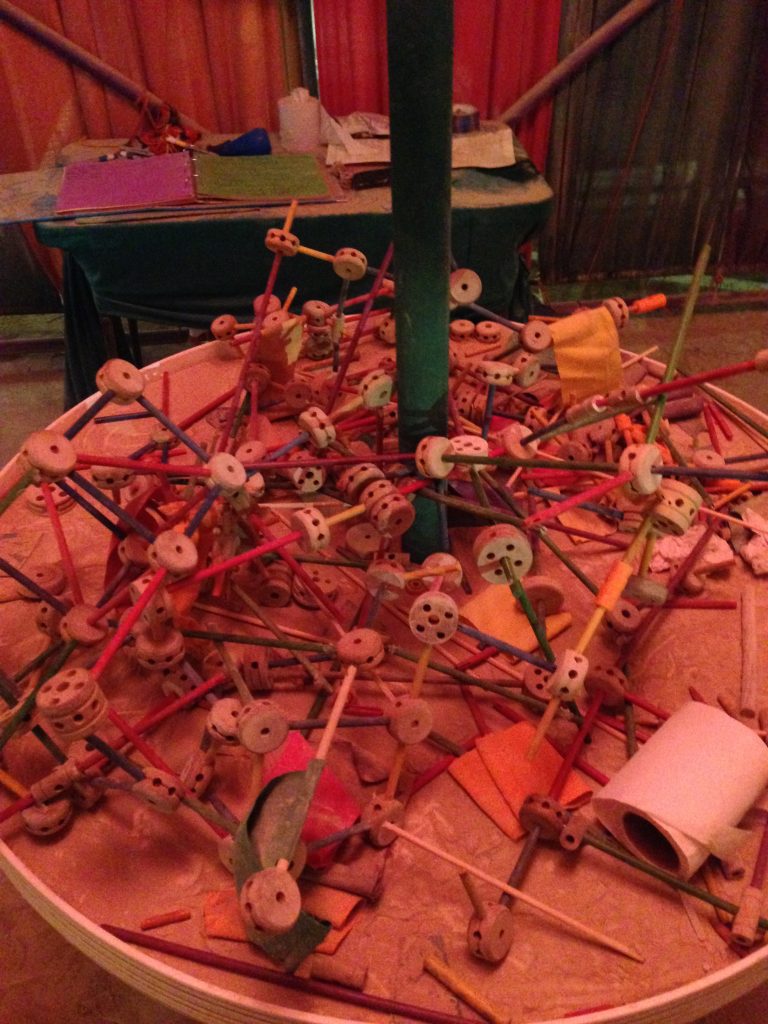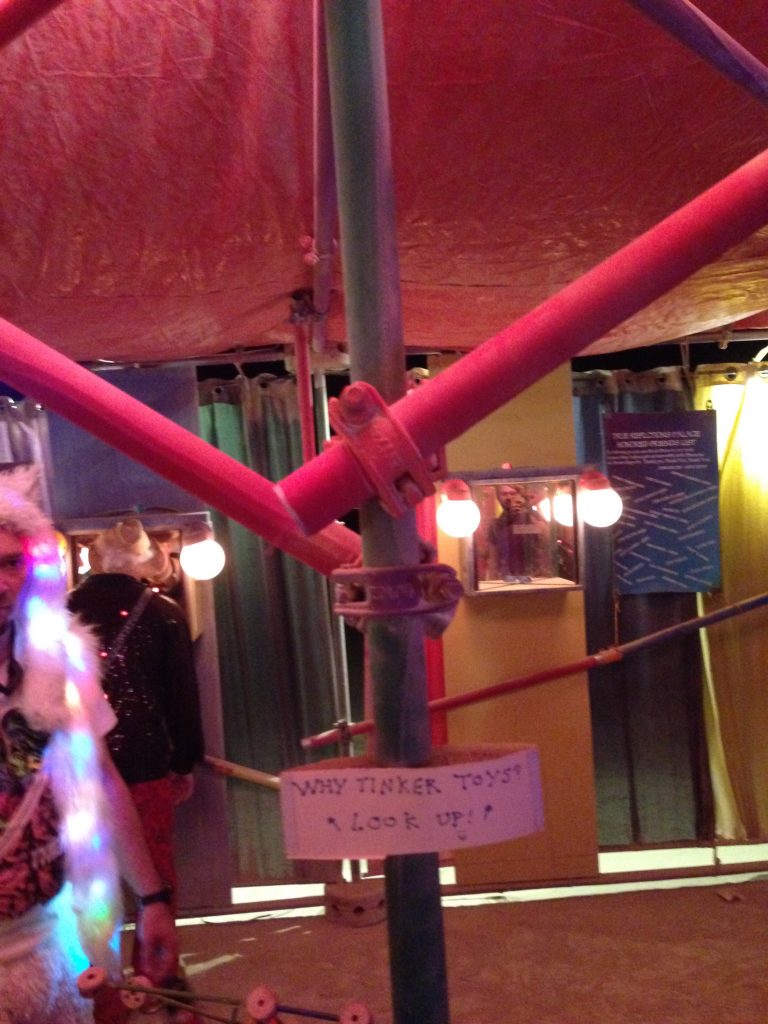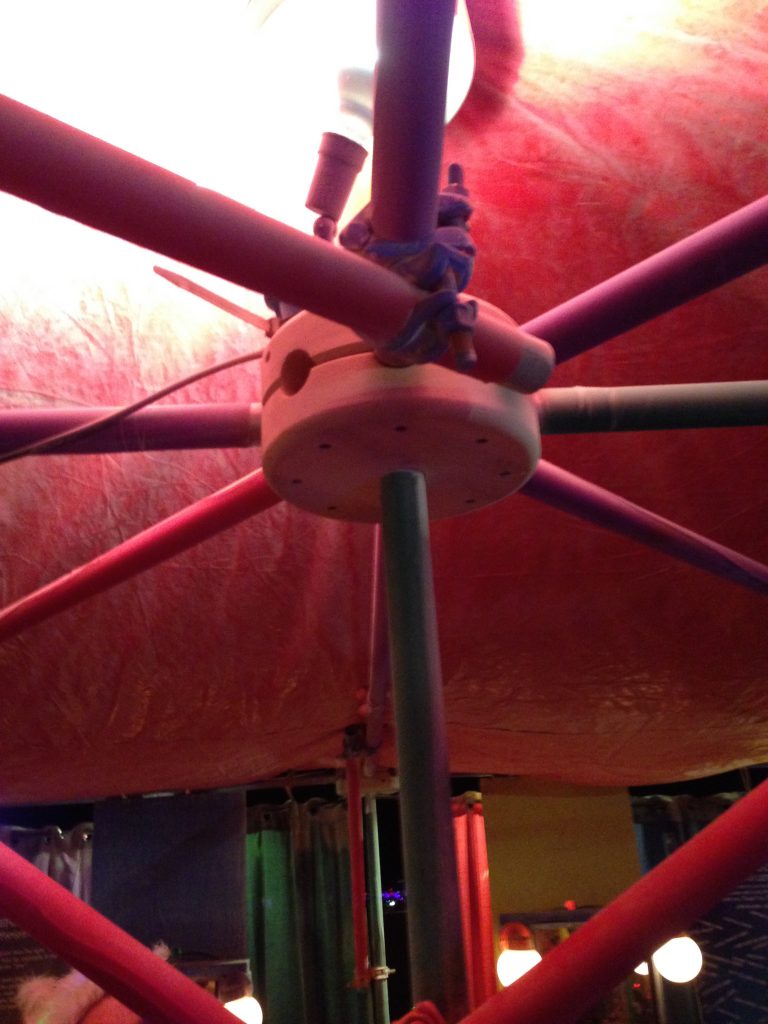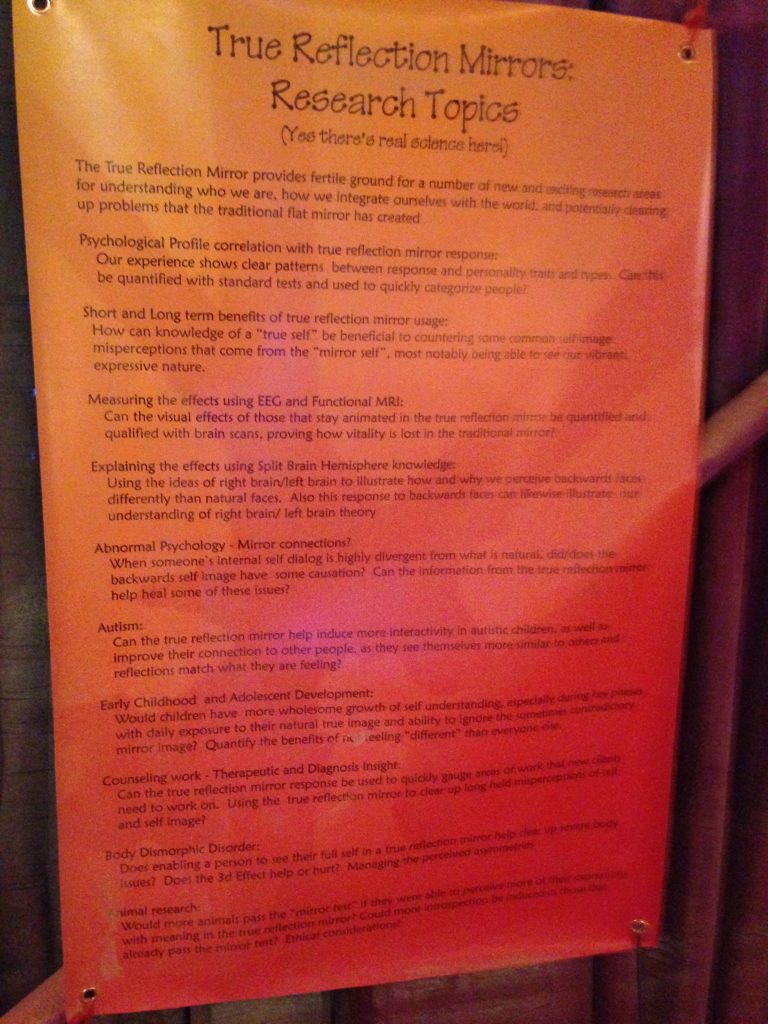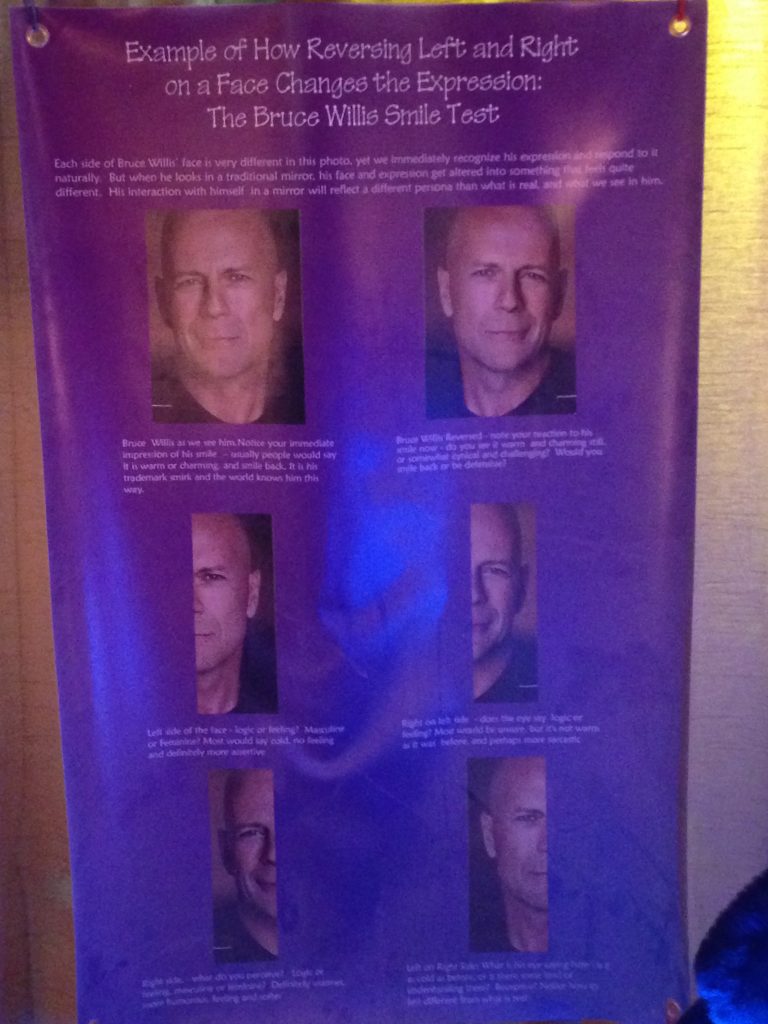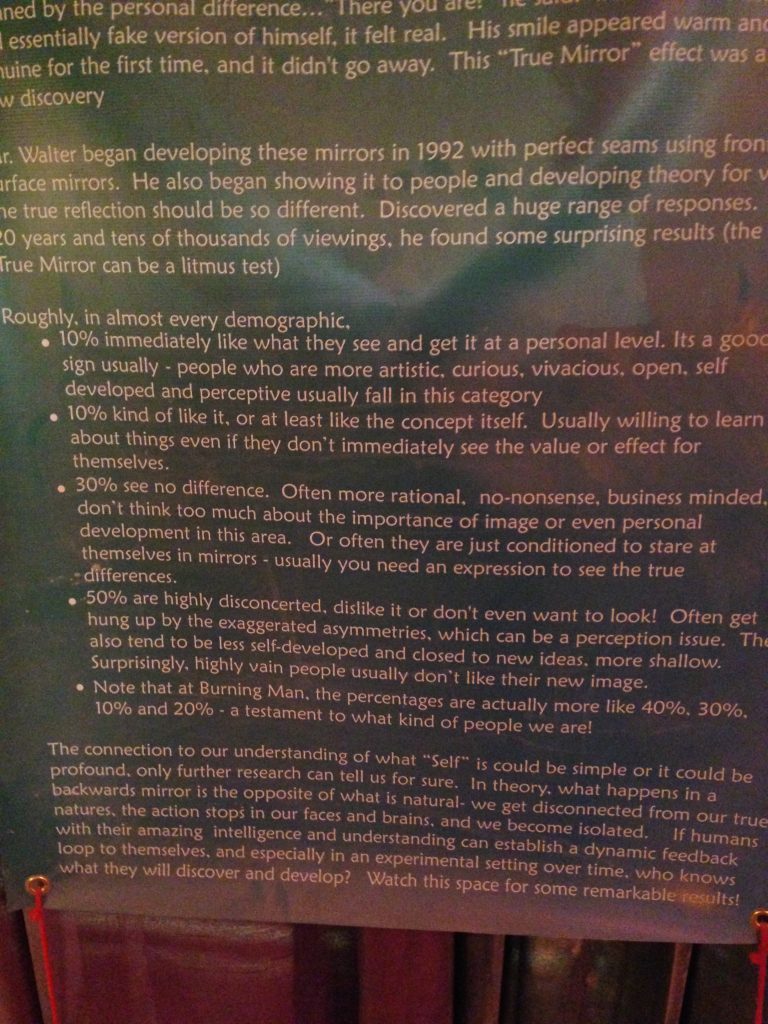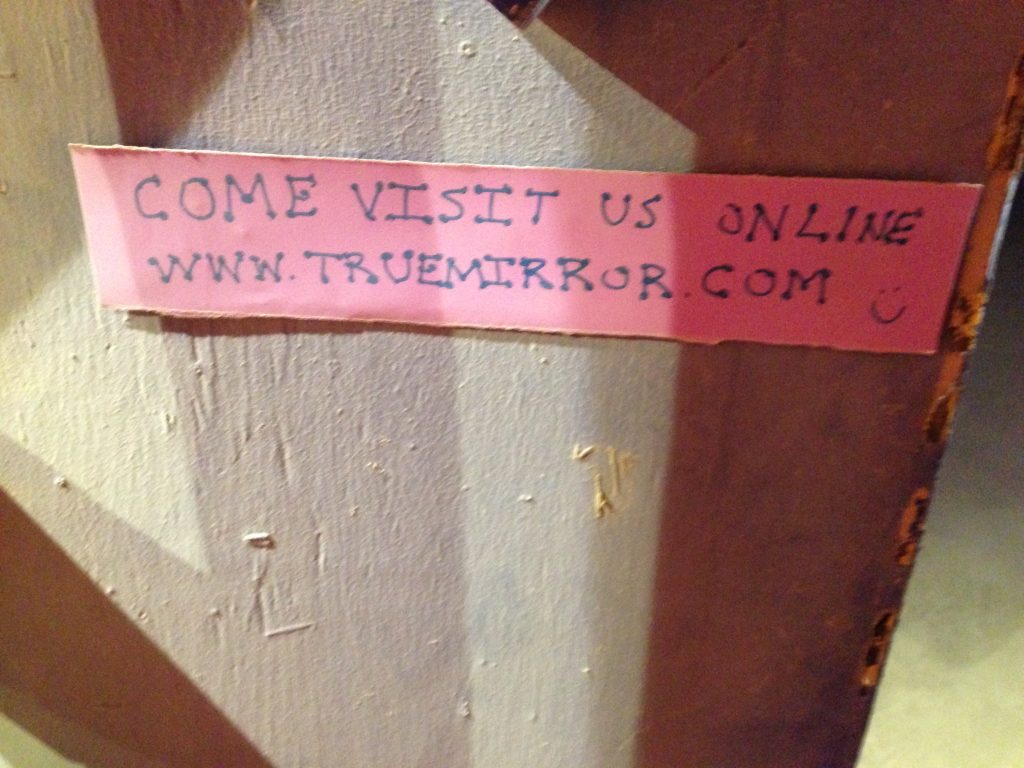I’ve been writing about interview questions recently, most recently about ‘behavioural’ and ‘Situational’ questions. If you recall:
‘Behavioural’ questions ask ‘Describe a time when you encountered a problem like this’.
‘Situational’ questions ask ‘Given this situation, how would you solve it?’
‘Technical’ questions ask ‘Solve this defined problem for me.’
Today, I want to talk about ‘Technical’ questions. This includes two types:
‘Problem Solving’ questions, where the interviewer asks a technical question, and expects you to go through some process to solve it, similar in some way to what one would do in a job in the field.
‘Knowledge’ questions, where the interviewer asks specific questions about your field of study or work. For a programming job, they might be about memory management or data structures, for HR, they might be about what is legal or accepted practice in the jurisdiction in question, etc…
(Note that these generally don’t include questions about a resume, which I would group under the ‘Behavioural’ umbrella, as the interviewee is expected to tell a story about them.)
So what is an interviewer looking for in these questions?
For both of these questions, the interviewer is looking for command of the subject matter and problem solving ability. There’s a whole smear of possible questions between these two extremes. (‘What is an array’ to ‘Design LinkedIn’.)
For basic knowledge questions, it would probably suffice to re-read a textbook, or read (and understand!) a glossary of the topics one would be interviewed in.
For ‘Problem Solving’ questions, answers are generally more involved.
Generally, the interviewee is given a problem statement:
“Write a program which counts from 1 to 100, and outputs ‘Fizz’ when the number is a multiple of 3 and ‘Buzz’ when the number is a multiple of 5.”
This problem statement may or may not be well defined, so it falls on the interviewee to ask questions until it is adequately defined:
“Does it also print the number when it is a multiple of 3 or 5?” “Is proper syntax required?” “What language?”
(This also makes sure that the interviewer and the interviewee are on the same page.)
I like to draw a large diagram, and/or write down my assumptions in the upper-left corner when doing problems like this. Makes things explicit, people can see what you’re thinking.
One of my best bosses described his best programmer as ‘having a reason for every single line of code’. Talking through one’s code as it’s being written can help with this.
So:
Write down assumptions
Draw a big diagram
State the overall algorithm
Write down the solution, while talking about it
Think about corner cases, run an example through in your head.
Next time, we’ll talk some other types of questions, the kinds that are known to be not as predictive, but that interviewers still ask anyways, for various reasons. Stay tuned!
